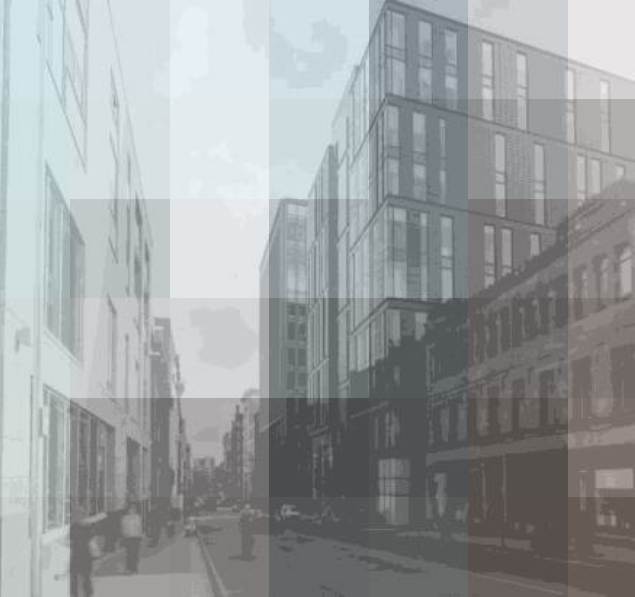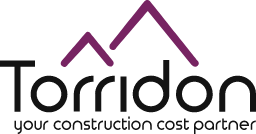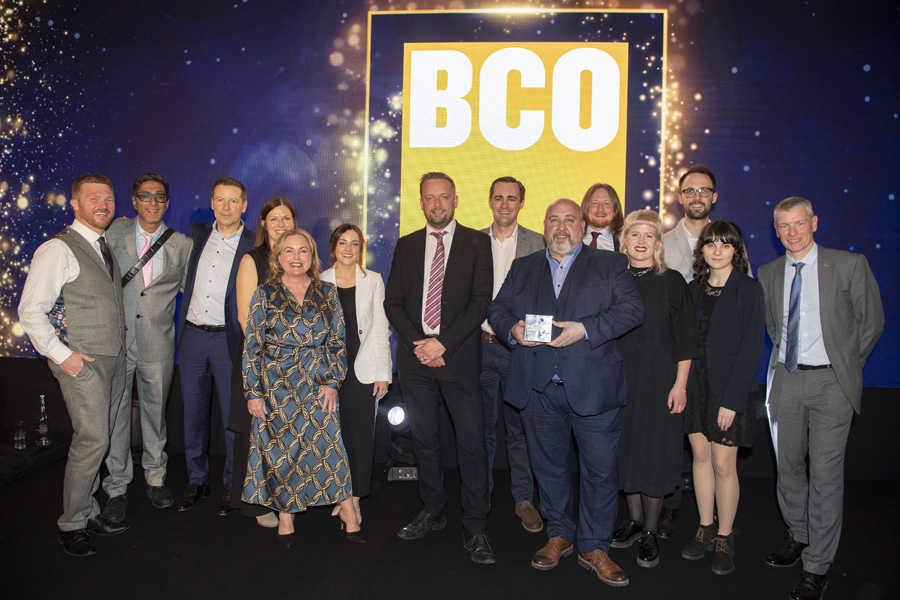
 Back to insights
Back to insights
Navigating 2024: a cost consultancy perspective on the construction industry’s challenges
As we enter 2024, the UK construction industry is navigating a landscape rich with both challenges and opportunities. This article, inspired by Building’s “How to Survive 2024” expands upon the discussion, offering insights from a cost consultancy perspective. My insights stem from our hands-on experience at Torridon, where we’re not just observing these trends but actively engaging with them, seeking innovative solutions that balance economic viability with environmental responsibility. I’ve also included a link to the original article in the footer for anyone interested.
Accurate forecasting and estimating of construction costs
The rising costs of materials and the scarcity of labour continue to be significant challenges, particularly when setting robust budgets with clients at the early project stages. To combat these issues requires a proactive approach, increasing the frequency that budgets are revisited and market-testing of cost plans to ensure they remain current. This involves regular engagement with suppliers, a strategy that, for Torridon, has proved essential in maintaining budget accuracy, as well as collaborative two stage tender approaches, bringing key suppliers on board earlier. Our experience shows that this dynamic approach to cost planning, rather than a set-and-forget method, is crucial in today’s volatile market. It’s a fine balance between being thorough in initial cost assessments and remaining agile enough to adapt to market changes, and this is where setting of appropriate contingencies at the early stage of the project is extremely important – too high and the project won’t proceed, too low and trouble won’t be far ahead.
Risks of Fixed-Price Contracts
The traditional model of fixed-price contracts is increasingly problematic, especially for large, long-term projects. Our industry is at a crossroads, seeking an optimal solution that balances the risks and benefits for both clients and contractors. While clients are understandably reluctant to commit to open-ended contracts, there’s a growing acknowledgment that transferring all risk to contractors can lead to inflated costs. The challenge lies in developing a contract model that equitably distributes risks without compromising project viability. As an industry we haven’t yet found the perfect formula, but the industry is moving towards more collaborative approaches, where risks and rewards are more evenly shared. This shift calls for innovative thinking and a departure from conventional contracting methods, highlighting the need for more flexible and adaptive strategies in cost planning and contract negotiation.
Sustainable Retrofitting
Sustainable retrofitting represents a significant opportunity, particularly as local authorities increasingly restrict demolition, urging developers to consider redeveloping existing assets. This trend aligns with our belief that the most sustainable building is one that already exists. Retrofitting not only preserves historical and architectural value but also significantly reduces the environmental impact compared to new-build (particularly where a demolition project is also involved). Our specialism is in offices, so that is where I will focus, but the same principles generally apply across other sectors.
The refurbishment of commercial offices, especially with an eye towards achieving zero carbon, presents a unique set of challenges. There is a high demand for sustainable refurbished space and yet there isn’t enough activity happening in the sector. The primary hurdle lies in the disconnect between the perceived high costs of refurbishment for these types of projects vs the rental value of the finished scheme, often making projects difficult to render these projects economically viable. We’ve observed that while the initial investment for zero-carbon retrofitting is a significant outlay, the long-term benefits, both environmental and financial, can be substantial.
While Government targets to achieve net zero and tenant demands are driving activity / consideration to a certain extent, there is still a big question around really understanding the cost and carbon impacts that makes it challenging to take a long-term view on the significant investment that needs to be made. That is why last year I joined the UK Green Building Council’s task group to co-author a report on the carbon and cost impacts of various retrofitting measures, which is intended to support building owners/developers in understanding the short and long term impacts of measures that are key to achieving a more sustainable future for their assets, and is due to be published early in 2024, and I will share more details on this shortly.
Our role as cost consultants is to help clients navigate this changing landscape, ensuring that investments in sustainability are both economically and environmentally sound. This involves a strategic approach to project planning and cost management, aligning financial viability with environmental responsibility.
Summary
As 2024 unfolds, the construction industry is poised at a crossroads, marked by economic, environmental, and societal shifts. In this evolving landscape its not just about navigating financial complexities of construction project budgeting, but also in championing sustainable practices. This year, the industry’s success will hinge on its ability to adapt, strategically manage costs, and commit to sustainable development. The challenges ahead are substantial, but so are the opportunities for those willing to embrace change and innovation.









